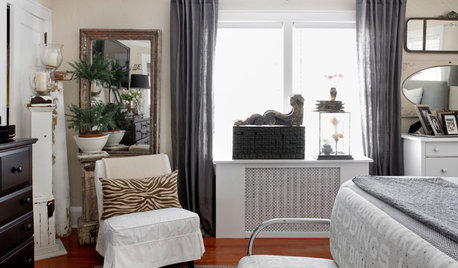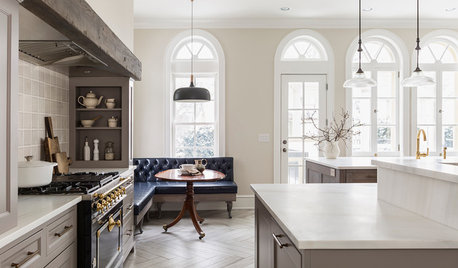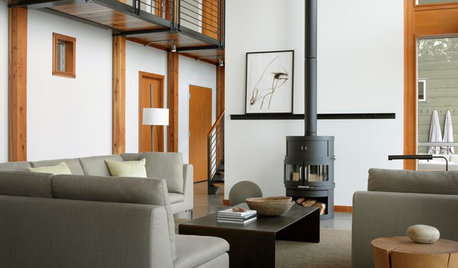Mixing radiators and radiant floor heat
zendog
10 years ago
Featured Answer
Sort by:Oldest
Comments (17)
ellessebee
10 years agozendog
10 years agoRelated Professionals
Eastvale Solar Energy Systems · Imperial Beach Solar Energy Systems · Madison Solar Energy Systems · Columbia Home Automation & Home Media · Fayetteville Home Automation & Home Media · Gages Lake Home Automation & Home Media · Garden Grove Home Automation & Home Media · Greenville Home Automation & Home Media · Jollyville Home Automation & Home Media · Norridge Home Automation & Home Media · Wellesley Home Automation & Home Media · Federal Heights Home Automation & Home Media · Elgin Fireplaces · Ogden Fireplaces · Palo Alto Fireplacesmike_home
10 years agofsq4cw
10 years agozendog
10 years agozendog
10 years agomike_home
10 years agofsq4cw
10 years agomackswim
7 years agofsq4cw
7 years agoMacswim
7 years agomike_home
7 years agoMacswim
7 years agoTim Perdue
3 years agodan houck
last yearlast modified: last yearfsq4cw
last year
Related Stories

FLOORSIs Radiant Heating or Cooling Right for You?
Questions to ask before you go for one of these temperature systems in your floors or walls (yes, walls)
Full Story
FLOORSFloors Warm Up to Radiant Heat
Toasty toes and money saved are just two benefits of radiant heat under your concrete, wood or tile floors
Full Story
GREAT HOME PROJECTSHow to Add a Radiant Heat System
Enjoy comfy, consistent temperatures and maybe even energy savings with hydronic heating and cooling
Full Story
FLOORSWhat to Ask When Considering Heated Floors
These questions can help you decide if radiant floor heating is right for you — and what your options are
Full Story
BATHROOM DESIGNWarm Up Your Bathroom With Heated Floors
If your bathroom floor is leaving you cold, try warming up to an electric heating system
Full Story
GREEN BUILDINGInsulation Basics: Heat, R-Value and the Building Envelope
Learn how heat moves through a home and the materials that can stop it, to make sure your insulation is as effective as you think
Full Story
WINDOW TREATMENTSHow to Cover Windows Above a Radiator
Explore the window treatments — and window treatment combinations — that can work in this space
Full Story
KITCHEN OF THE WEEKKitchen of the Week: Modern and Traditional Elements Mix in Minneapolis
A homeowner’s love for Belgian design is reflected in an updated kitchen that offers great function with transitional style
Full Story
REMODELING GUIDESClean-Burning Woodstoves Ignite a Greener Heating Trend
No need to rely on oil or gas to heat your home — new woodstove designs burn cleanly and are beautiful to boot
Full Story
HOUSEKEEPING5 Steps to Improve Your Heating System Now
Increase your heater's efficiency and safety for lower energy bills and greater peace of mind this winter
Full Story






mecoda